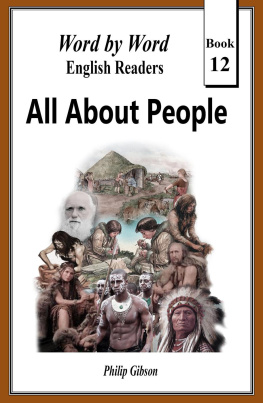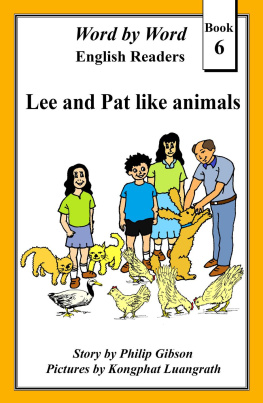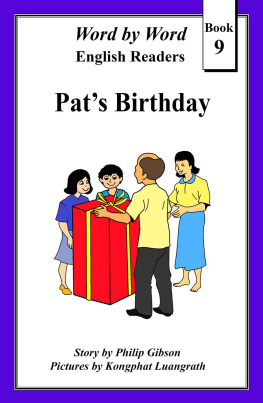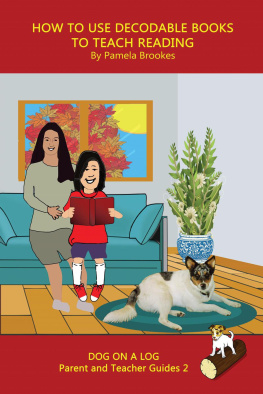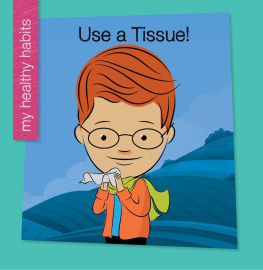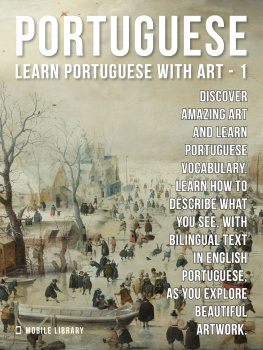1. Life in the early forests
N ew Words
leaf / leaves
hand
area
high
cover
branch / branches
foot / feet
tail
**********
S ince the time of the first kinds of life on planet Earth, the first plants have now changed into millions and millions of different kinds of plants. Some of the early, tiny plants have completely changed. They have changed so much that they have become very large - they have become trees.
W hen there is a large area of trees, we call this area a forest. Many millions of years ago, forests covered large areas of the Earths surface. Those forests covered a much larger area than the forests we know today. At that time, forests covered most of Africa, Europe, South America, North America, Asia and Australia.

A ll the land animals that lived at that time had to be able to survive, find food and produce young in the forests. Over time, the kinds of animals that were not successful in living in the forests died out. Only the successful kinds of animals survived. It was only those successful animals that were able to live long enough to produce new generations of their kinds.
M any of the animals which lived in the early forests did not move around on the ground. They lived high up in the trees. There were a lot of good reasons for this. For example, forest animals could find a lot more food high up in the trees than they could on the ground. A forest with lots of trees has many more leaves, fruit and insects higher up in the trees than near the ground. The early forest animals lived by eating those leaves, fruit and insects.
T he animals which lived high up in the forests were not only animals like snakes, birds and insects. Many kinds of mammal also lived high up in the trees. Those mammals spent nearly all their time hunting, eating leaves and fruit, producing young, looking after their young, and even sleeping high up in the trees of the early forests.

T he mammals which lived high up in the trees had to be able to move around very well. They had to be able to move around in the high branches of the trees looking for their food. They also had to be able to move up and down the trees. They had to be able to move quickly from branch to branch.
M ammals that were less able to move quickly in the high branches could not find food so well. Also, there was a good chance that those slower mammals would die early. They would die because other, larger and faster mammals would be able to hunt, kill and eat them. That meant the slower mammals would not be able to live long enough to produce new generations of their kind.
T o be able to move quickly and well in the trees, mammals developed special arms and legs. Over time, they developed arms and legs that let them move quickly on the branches. They developed arms and legs that were longer than before. The mammals with longer legs and arms became more successful than other mammals. That meant they had a much better chance of surviving.
T hose mammals also developed tails. They were able to use their tails to help them move around the forests. Some mammals were able to use their tails in the same way as they used their arms and legs. Over many millions of years, those kinds of mammals evolved into animals like the modern monkeys we know today.
T he early monkeys also developed very useful hands and feet. They developed hands and feet that helped them move around the forests. The feet of the monkeys looked just the same as their hands.

W hen the monkeys moved around the branches of the tall trees, it was very useful for them to be able to use their hands and feet in just the same way. With better hands and feet they were able to move around much better and faster than before. Mammals with hands and feet that were not so useful had less chance of surviving. Many of those kinds of less successful animal have completely died out now.
M odern monkeys are still able to move very well high up in the branches of trees. They can move much better in the trees than all the other kinds of large forest animals. That is because their arms, legs and feet all help them to move very well. Monkeys can cover large areas of the high forest much faster than the animals which want to hunt, kill and eat them. Every day, they can move many kilometers looking for leaves, fruit and the other things they like to eat.
**********
2. Mom and Pat are speaking
about monkeys.
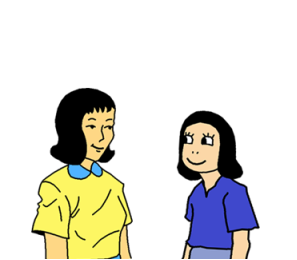
M om
So Pat, what did you learn in school today?
P at
We learned about how monkeys evolved.
Next page
